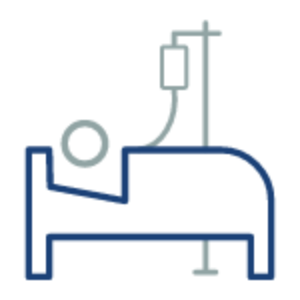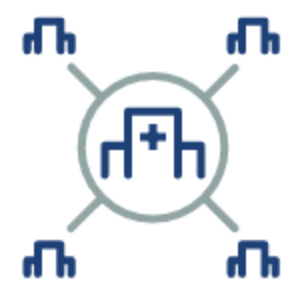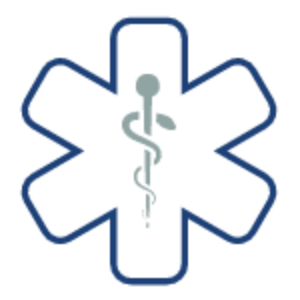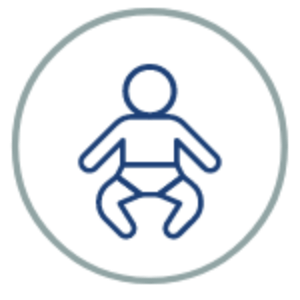Academic medicine touches the lives of Americans every day. The AAMC’s (Association of American Medical Colleges) vast network of over 160 medical schools, nearly 500 academic health systems and teaching hospitals, and more than 70 academic societies help drive research and innovation, provide complex patient care, promote health equity and physician workforce diversity, educate and train future physicians, and collaborate with local communities.
Academic medicine starts in a bustling emergency room, where a medical student is taking her first steps toward becoming a local doctor.
It starts in a lab, where researchers are investigating theories and gathering data, working toward a breakthrough that could prevent the next public health crisis or enable future therapies.
It starts in communities, where health care professionals collaborate with local leaders to help reduce health inequities and ensure access to health care for all patients.
And it starts with the medical education that teaches telehealth best practices to students and residents, who use the latest technology to check on an elderly patient in a rural area.
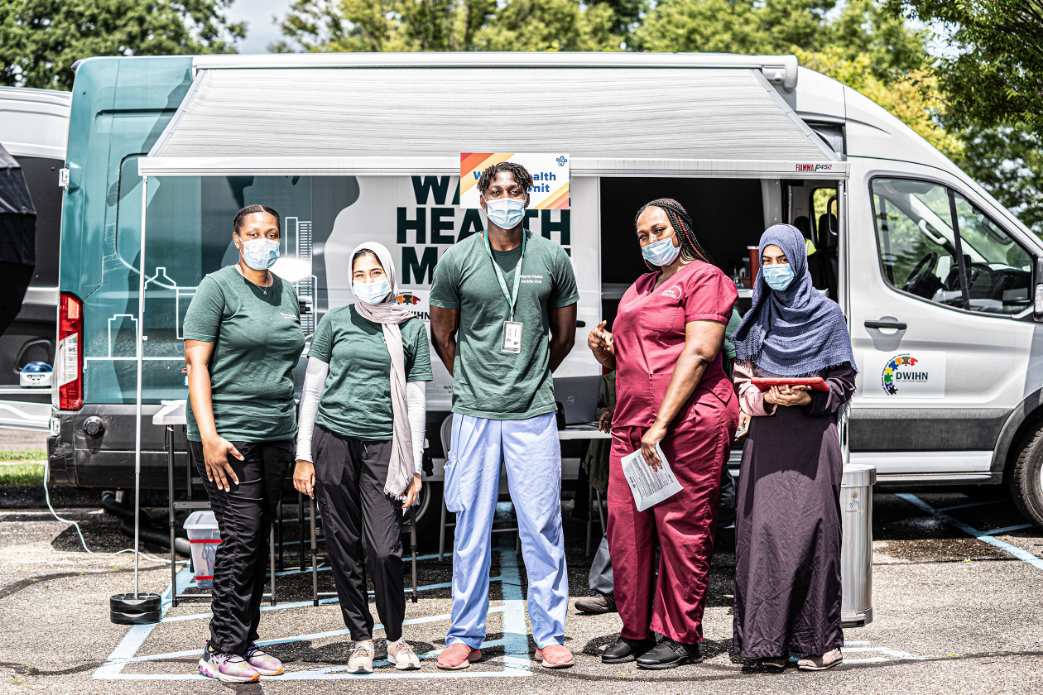
Credit: Wayne Health
A powerful network
Academic medicine is rooted in a powerful network of physicians and other medical professionals, researchers, residents, and students who are working, learning, and innovating in over 160 medical schools and nearly 500 academic health systems and teaching hospitals.
Lessons learned
Lessons learned, patient care made better, breakthroughs made public — collectively, the improvements and innovations that start here propel systemic change across the nation’s health care system and make a healthy future possible for all.
An economic engine
We’re also an economic engine at the federal, state, and local levels. Academic medical centers contribute more than $728 billion, or about 3.2% in gross domestic product, and support more than 7.1 million jobs across the country.
$728 B
3.2%
7.1 M
Academic medicine touches the lives of Americans every day. The AAMC’s (Association of American Medical Colleges) vast network of over 160 medical schools, nearly 500 academic health systems and teaching hospitals, and nearly 80 academic societies help drive research and innovation, provide complex patient care, promote health equity and physician workforce diversity, educate and train future physicians, and collaborate with local communities.
In all, the AAMC leads and serves more than 191,000 full-time faculty members, 95,000 medical students, 149,000 resident physicians and 60,000 graduate students and postdoctoral researchers in the biomedical sciences.
“Academic medicine leads the nation forward by improving health for everyone living in America.”
David J. Skorton, President and CEO of the Association of American Medical Colleges (AAMC)
Each year, a diverse class of more than 20,000 students representing all backgrounds begin their medical career at one of the nation’s medical schools, including trailblazers who are the first in their family to ever go to college and those who better represent an increasingly diverse patient population.
These medical students who go on to graduate from our medical schools, enter residency training in dozens of specialties, and learn at our teaching hospitals and academic medical centers don’t just leave with a degree — they carry a vast range of medical knowledge in complex and compassionate care to millions of patients in states, municipalities, and communities across the U.S. — including in rural areas.
Inclusive learning environments and team-based training infuse the latest medical knowledge and curricula that adapts to address big health challenges — like incorporating specific training to help combat the nationwide epidemic of substance-use disorders or preparing physicians who are trained in cultural competencies, or how to respond to cultural differences with patients.
We know that diverse medical teams that reflect the communities they work and live in make better decisions — and have better patient outcomes — because they bring a broader range of perspectives. And we know that representation matters to our patients. That’s why we’re focused on innovating, collaborating, and digging deeper into our systems to ensure a more equitable future.
Today, that future includes being able to deliver high-quality patient care at a distance via telehealth. Academic medicine extends the expertise of its faculty physicians through telehealth to rural and other underserved areas.
This effort is now more critical than ever as the country faces the looming shortage of physicians in the workforce in the coming years. Along with educating more doctors, we’re enhancing and refining our educational programs to ensure tomorrow’s health care professionals receive the innovative training they need to improve health nationwide.
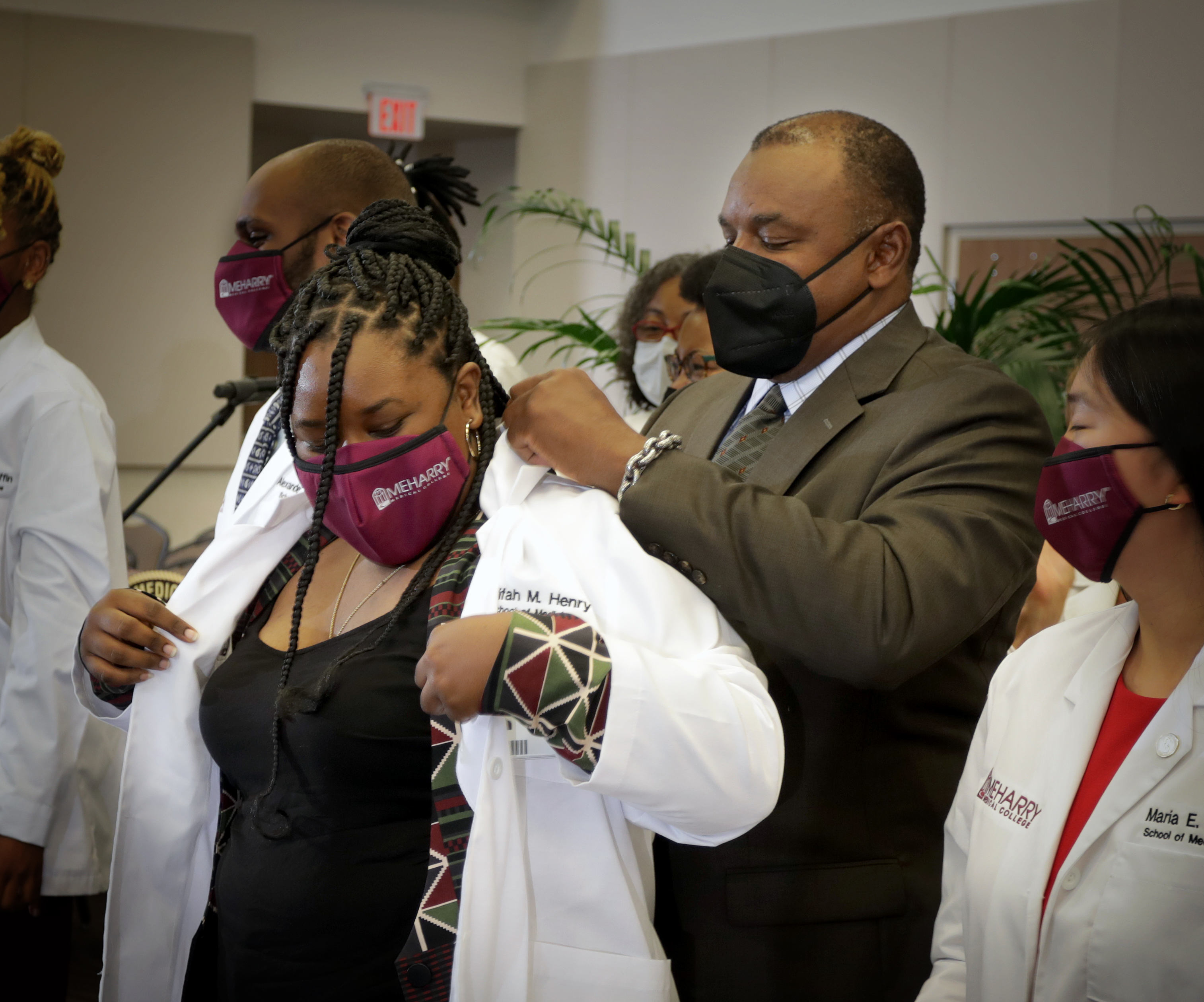
Credit: Meharry Medical College
“Now more than ever, the nation must make a long-term investment in the health care workforce. The time to act is now.”
David J. Skorton, President and CEO of the
Association of American Medical Colleges (AAMC)
Academic medicine is where expert patient care and medical innovation come together to save lives. We provide patients with high-quality, critical care often unavailable elsewhere — trauma and cancer centers, burn units, pediatric ICUs — in addition to safety net care for the uninsured and most vulnerable populations.
In fact, patients treated at major teaching hospitals—the only places where patient care, medical education, and research come together — have up to 20% higher odds of survival, compared to those treated at nonteaching hospitals, according to a study published in JAMA.
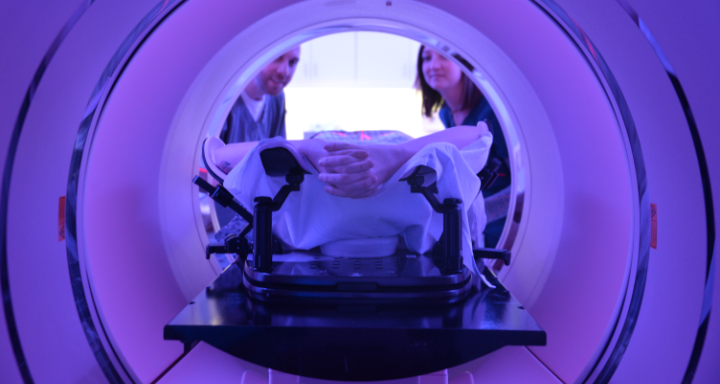
Credit: Albany Med Health System
Our state-of-the-art institutions train the next generation of doctors and other health care professionals on the latest advances and innovations in patient care — from disease prevention to life-saving critical care and specialty treatments. They take this knowledge with them wherever they practice, perpetuating high-quality, complex, and compassionate care at academic medical centers across the U.S.
At our institutions, we strive every day to make health care safer, more affordable, and more accessible — for all.
Inside the labs of academic medicine more than two decades ago, research teams began looking into mRNA vaccines, not realizing that the pioneering technology would unlock the ability to rapidly develop a shot to fight back against the worst pandemic in a century.
It wasn’t the first time academic medicine drove a life-changing breakthrough.
Research and innovation are the core of what we do. Many of the greatest discoveries and advances in patient care and the most important treatments of the past century all began in academic medicine: heart and other organ transplants, laparoscopic surgery, and intensive care units for newborns (NICUs).
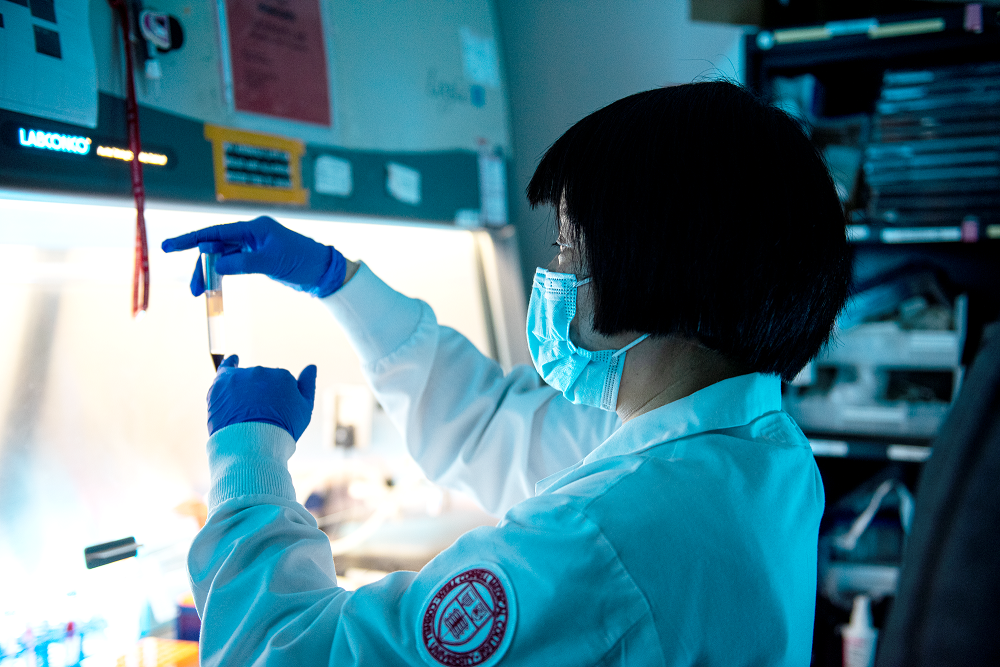
Credit: Weill Cornell Medicine
In 2019, research at medical schools and teaching
colleges generated $32.6 billion to local economies.
Today, academic medical centers are leaders in biomedical research, putting science and innovation at the forefront of discovering new treatments and bringing them from the laboratory bench to the patient bedside.
That mRNA technology developed decades ago? It goes way beyond COVID-19: It’s fueling additional discoveries to help patients fight cystic fibrosis, cancer, malaria, tuberculosis and hepatitis B. And it’s making us ready for what comes next.
From the NICU that saves a baby's life to the cancer research that has saved 3.8 million lives since 1991 — it all starts with academic medicine.
Outside Baltimore, where most residents are Black and many children live below the poverty level, an innovative health initiative called B’more for Healthy Babies offers a program supporting pregnant people. Partnering with dozens of institutions, including the University of Maryland Medical Center and Johns Hopkins, the program addresses maternal inequities through prenatal education, support groups and connections to social services, drastically reducing infant mortality in the community.
More than 2,000 miles away, Valleywise Health’s Refugee Women’s Health Clinic in Arizona hires cultural health navigators — health care workers steeped in the culture and language of those they serve — to help refugees streaming in from around the world.

Credit: B’more for Healthy Babies
“We’re now living in a world where it is abundantly clear that the power of doctors and medical students and trainees expands beyond the walls of a health care setting. Building these types of solutions [that address social determinants of health] is just as important — if not more important — than prescribing them medicine.”
Jacob Mirsky, MD, a primary care physician at MGH Revere
in Massachusetts and the food pantry’s medical director
A powerful network
Across the nation, the doctors, health care professionals, medical students, and residents who make up our member institutions work closely every day with their communities.
Partnering for progress
Through partnerships and engagement initiatives, academic medical centers address underlying social and economic factors in their communities that can lead to poor health, like providing access to healthy food, adequate housing, education, transportation, and other social determinants of health.
Strength through diversity
Such efforts make a culture of diversity essential to our institutions. We understand our responsibility to confront the factors that drive racism and bias in health care. From health inequities to collaborating with local communities and providing expert care, we are focused on engaging and partnering — with people.


